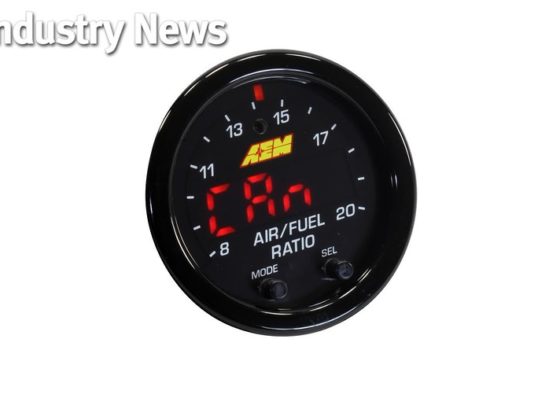,
 On top of the rear differential casing is the blade-type adjustable rear sway bar. Mounted on top of the transmission is the cooler for the tranny fluid. The tall vertical cylinder should be the rear air jack.
On top of the rear differential casing is the blade-type adjustable rear sway bar. Mounted on top of the transmission is the cooler for the tranny fluid. The tall vertical cylinder should be the rear air jack. This is just a close-up of the rear axle connected to the rear diff. The side casing of the rear diff is webbed for strength while minimizing weight; it probably helps with cooling too acting as heat sink fins. Nowadays, the same part would likely be fully machined from billet instead of being cast.
This is just a close-up of the rear axle connected to the rear diff. The side casing of the rear diff is webbed for strength while minimizing weight; it probably helps with cooling too acting as heat sink fins. Nowadays, the same part would likely be fully machined from billet instead of being cast. It appears this whole maze of metal is essentially the upper control arm of the rear suspension. The horizontal hole in the stamped sheet metal looking component grabs air from the rear body work to feed cooling air to the rear brakes through the orange large diameter tube. A couple dimple die holes are punched in this sheet metal looking part to reduce weight and add strength. There is a bit of a competion for space between the chassis and rear suspension as evidenced by one of the chassis bars having to be dented to create clearance for one of the bars (the one running about parallel to the rear coil over damper) on the rear suspension upper control arm monkey bars assembly. The triangular section of the monkey bars connecting to the top of the coil over has a big fat gusset to add strength. A piece of sheet metal with a dimple die hole is welded to the triangle to add more strength at minimal weight gain. There must be very high loads going through these parts to necessitate the extra strengthening measures.
It appears this whole maze of metal is essentially the upper control arm of the rear suspension. The horizontal hole in the stamped sheet metal looking component grabs air from the rear body work to feed cooling air to the rear brakes through the orange large diameter tube. A couple dimple die holes are punched in this sheet metal looking part to reduce weight and add strength. There is a bit of a competion for space between the chassis and rear suspension as evidenced by one of the chassis bars having to be dented to create clearance for one of the bars (the one running about parallel to the rear coil over damper) on the rear suspension upper control arm monkey bars assembly. The triangular section of the monkey bars connecting to the top of the coil over has a big fat gusset to add strength. A piece of sheet metal with a dimple die hole is welded to the triangle to add more strength at minimal weight gain. There must be very high loads going through these parts to necessitate the extra strengthening measures. The axle and lower control arm poke into the underbody tunnel.
The axle and lower control arm poke into the underbody tunnel. Tunnel body work does block off much of the dirty air flow from the rear tire but there are still cutouts for the axle and lower control arm.
Tunnel body work does block off much of the dirty air flow from the rear tire but there are still cutouts for the axle and lower control arm. Airflow management is critical on a race car (or any car for that matter). The air going through all the coolers in the side pods exit these vents in the rear bodywork. The two NACA ducts to either side of the centerline feed the rear brake ducts. The central NACA duct feeds air to the tranny fluid cooler.
Airflow management is critical on a race car (or any car for that matter). The air going through all the coolers in the side pods exit these vents in the rear bodywork. The two NACA ducts to either side of the centerline feed the rear brake ducts. The central NACA duct feeds air to the tranny fluid cooler.Race cars are cool. It’s interesting to check out older race cars and see how the technology has evolved from the aero advancements to changes in materials to differences in manufacturing processes. Some things still stay the same such as managing airflow and temperatures. So while this is an older race car, there are still tricks of the trade to be learned from it.



